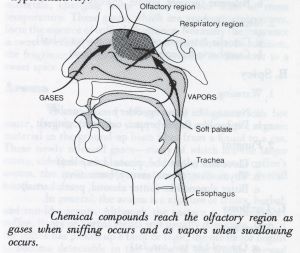Technology and Coffee
In the 1970s, some coffee roasters in Italy began selling roast beans in packages equipped with “valves” that allowed carbon dioxide to escape the bag while preventing absorption of oxygen, thereby maintaining the aroma and flavor of beans over time. Sensory testing determined that coffee stored in valve-equipped bags maintained freshness for up to seven months.
Influenced by additional sensory studies out of Berlin, Starbucks conducted its own taste testing. By the early 1980s, Starbucks adopted the FlavorLock Bag, which allowed gases to escape and extended shelf-life of the company’s coffee from several days to three months. The company also began stamping “use by” dates on coffee bags to guide customers. In addition, the change enabled the company to ship its coffee to distributors located longer distances from the roasting plant.
